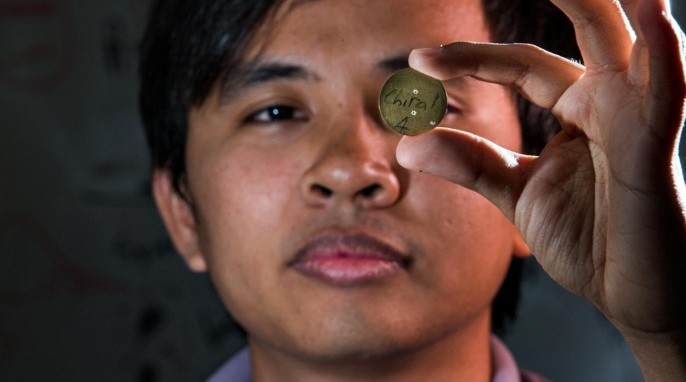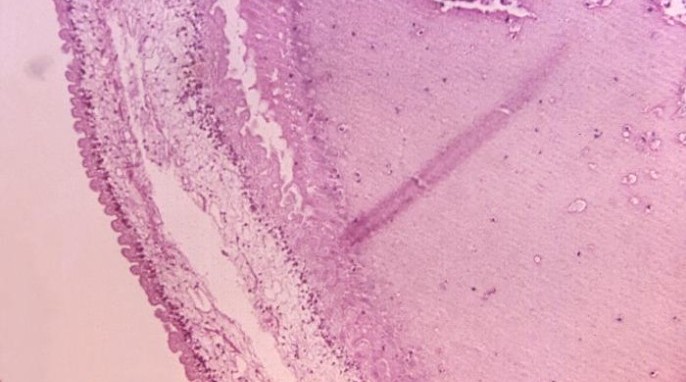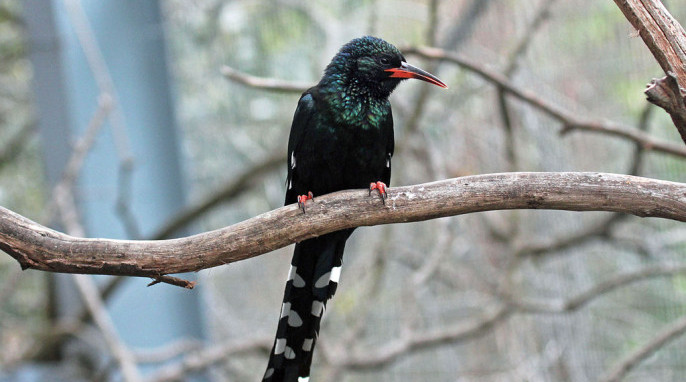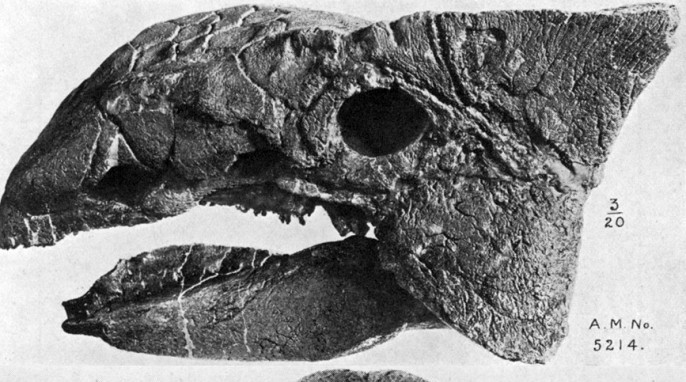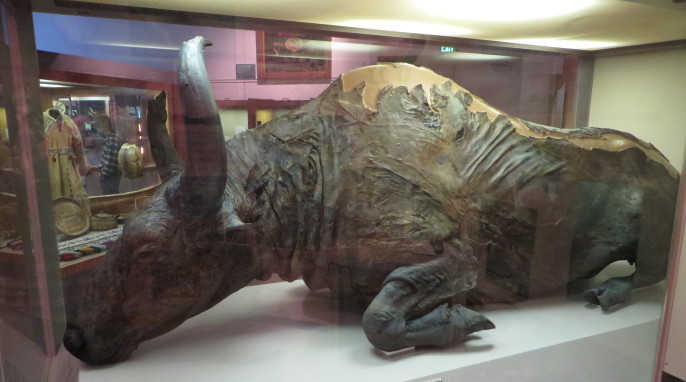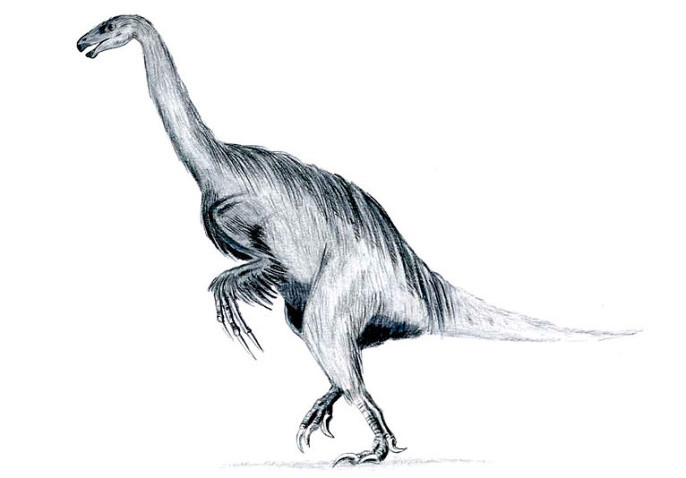Physicists Make a Quantum Whirlpool
Physicists have made a quantum whirlpool that could lead to building computers that are faster and more powerful than anything most of us can dream of. Imagine changing matter into light and light into matter, and then using that technology to build computers that are faster and more powerful than anything most of us can dream of. That dream is closer to reality thanks to a new discovery that could link electronics with photonics. Physicists have successfully engineered a spiral laser beam that can create a vortex, or quantum whirlpool,…
Read More
